
In the relentless quest to push the boundaries of artificial intelligence (AI) and neuromorphic computing, researchers are exploring the potential of programmable iontronic neural networks. This cutting-edge technology merges principles from both biological neurons and lithium-ion batteries,
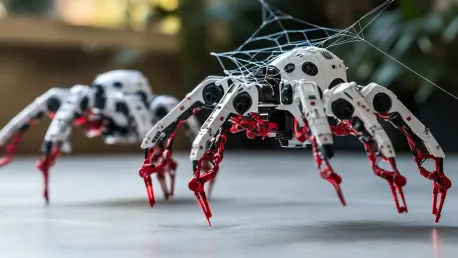
Robotics technology at the Institute of Technology at the University of Tartu has taken a leap forward with a concept inspired by the web-spinning abilities of spiders. Researchers have developed robots that can spin their own physical structures from a polymer solution, offering a new level of
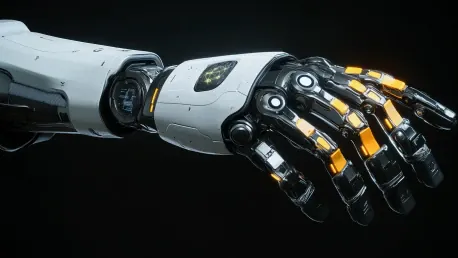
Tremors affect approximately 80 million people around the world, significantly impairing their ability to perform everyday tasks. Existing wearable robotic devices have yet to achieve the sophistication needed to provide substantial relief. However, an innovative breakthrough from the collaboration
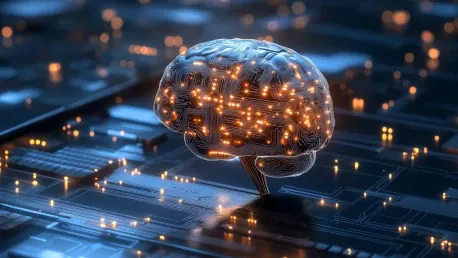
As artificial intelligence technologies continue to permeate various aspects of our daily lives, the energy demands associated with training sophisticated AI systems are escalating at an alarming rate. Traditional iterative methods for optimizing neural networks are infamously energy-intensive,
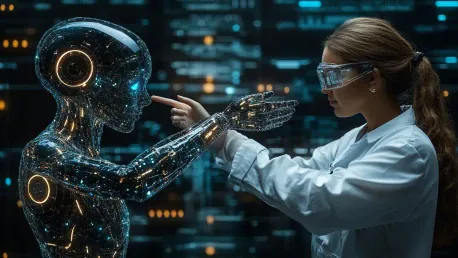
In the rapidly evolving landscape of the staffing industry, integrating artificial intelligence (AI) and automation is an especially daunting challenge. The rise of these advanced technologies offers remarkable promises to streamline operations, accelerate procedures, and match candidates with
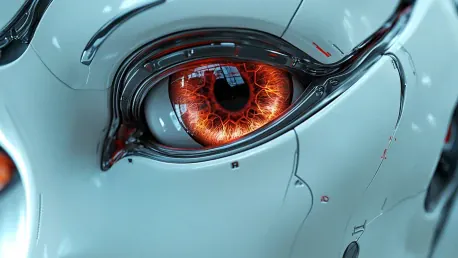
Human fascination with humanoid robots is growing exponentially, particularly focusing on how certain physical attributes, like eye-like features, influence perceptions about these sophisticated machines. As robots become more integrated into society, understanding how their appearance affects